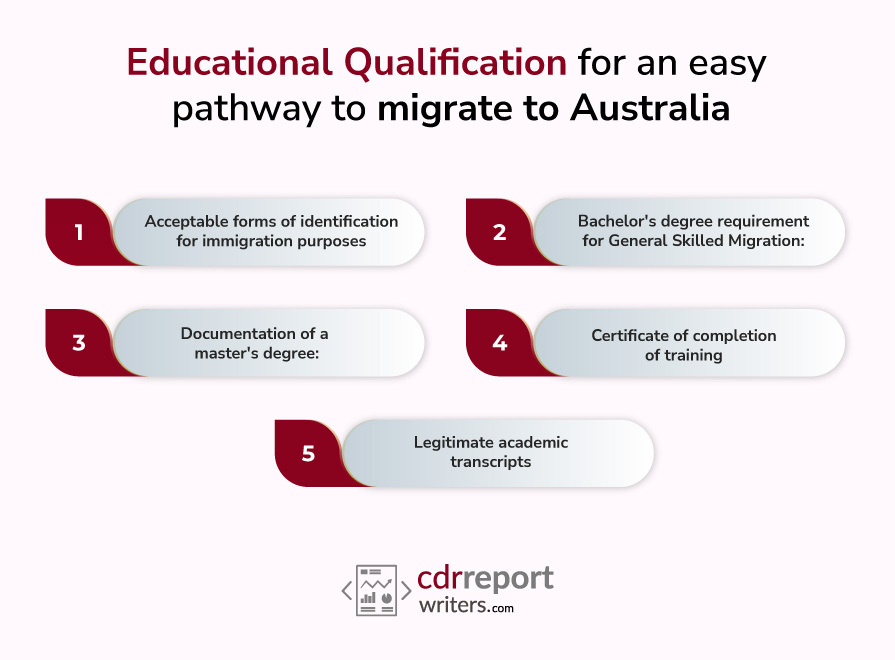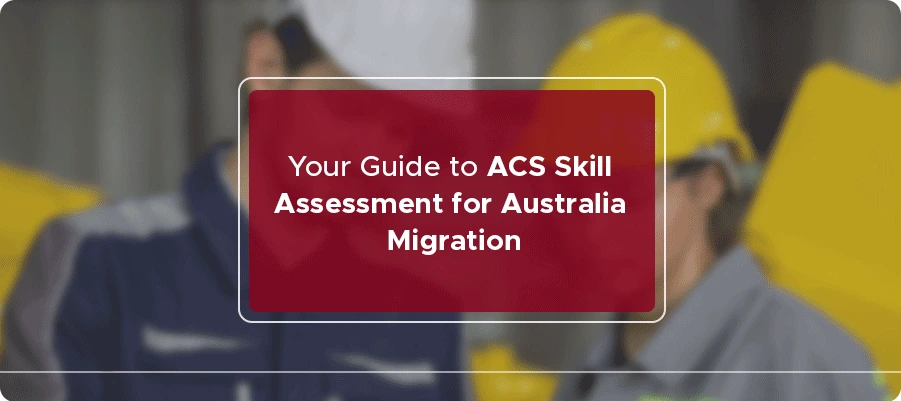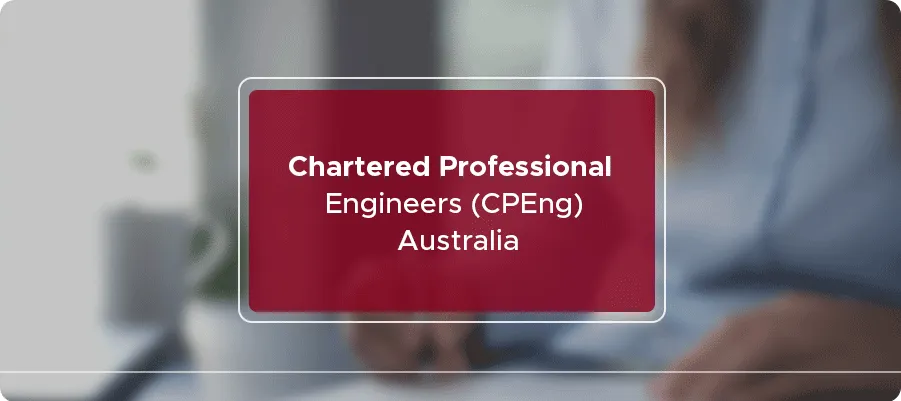
Your Pathway to Migrate to Australia
Are you dreaming of advanced life in Australia? The land is known for its stunning beaches, landscapes, and friendly people. No wonder it’s a top destination for people seeking to migrate for work, study, or a better quality of life. However, migrating to Australia can be daunting and overwhelming, mainly if you are unfamiliar with the visa system and requirements.
In this blog, we’ll take you step by step through the pathway to migrate to Australia. Don’t worry; we’re here to guide you through this process and make it as smooth as possible on various employer-nominated schemes, regional provisional visa subclass, or different skilled migration visas.
We understand that migrating to a new country can be a life-changing decision, and it’s essential to get it right. We’ve assembled this comprehensive guide to help you navigate the process successfully. We’ll provide valuable tips and advice and answer any questions. compiled
So, we’ve got you covered whether you want to migrate for work, study, or a better quality of life. Let’s take the first step towards your new life in Australia together.
Easy Pathway to Migrate to Australia
Engineers Australia provides accurate and fair skill assessment services as a pathway to migrate to Australia for Those wishing to migrate to Australia. Engineers have always had advantages in applying for skilled migration to Australia. For instance, most engineering occupations are on the Skilled Occupations List (SOL), and the skills assessment does not require any work experience.
A person wishing to migrate to Australia by applying for a General Skilled Migration visa, such as the Skilled Independent Visa (Subclass 189) or the Skilled Nominated Visa (Subclass 190), has to acquire a positive skill assessment applying for a visa. Firstly, you need to prepare for the following requirements:
1. Educational Qualification
First, gather all of the necessary paperwork to apply for a position as an engineer in Australia:

i. Acceptable forms of identification for immigration purposes:
Birth certificates and passports are acceptable forms of identification.
These documents verify your date of birth, place of birth, citizenship, or nationality.
ii. Bachelor’s degree requirement for General Skilled Migration:
A bachelor’s degree in engineering (in any discipline) is mandatory for General Skilled Migration to Australia.
The degree must be from a recognized institution.
iii. Documentation of a master’s degree:
Applicants for General Skilled Migration to Australia must provide documentation of their master’s degree.
It ensures that the applicant has the necessary qualifications and skills.
iv. Certificate of completion of training:
A certificate of completion of training may get required for immigration to Australia.
This certificate confirms that the applicant has completed a specific training program and has the necessary skills and knowledge.
v. Legitimate academic transcripts:
Legitimate academic transcripts are essential to demonstrate academic achievements for immigration to Australia.
These transcripts should list all courses taken, grades received, and graduation dates.
They must be from a recognized institution and should not get falsified.
Aside from this instructional text, you’ll also need the following two primary documents:
- Results of IELTS/PTE, and
- Skilled Assessment Report
Learn More: The Four Occupational Categories in Engineering Recognized by EA ⏱⌛️
2. Work Experience Certificates / Documents
To apply for a job as an overseas Engineer in Australia, you must gather your work experience credentials or certifications. To be considered eligible, your employment experience must be professional and relevant. You must meet the requirements for a work experience certificate.
Check to see if your selected engineering field gets included in the SOL. The Australia skills list, also known as the Skilled Occupation List (SOL), is Australia’s immigration points system. You must select an occupation from the SOL to be eligible for skilled migration to Australia.
Australia has released its updated Skilled Occupation List for the 2017-2018 migrant intake program. Check the current data of eligible professional jobs to see which visa program is best for you based on your occupation. You may find a current list of skilled jobs in the appropriate visa program’s legal document.
As a result, you should determine whether or not your chosen engineering career gets includ+
ed in the skilled occupation list. You must also nominate your occupation from SOL, now known as the Medium and Long-term Strategic Skills List (MLTSSL), depending on your qualifications and experience.
3. ANZSCO code-based job description/activities
First, acquaint yourself with the tasks and responsibilities of your selected occupation by visiting the Australian and New Zealand Standard Classification of Occupations (ANZSCO). Knowing the standard ANZSCO code number for the occupation allows you to conduct thorough research in Australia.
The ANZSCO List is a standardized system for collecting, analyzing, and disseminating Australian and New Zealand occupations. You should enter the proper ANZSCO code for your domain to increase the comparability of occupation statistics provided by the two nations necessary for successful employment and Visa application in Australia.
E.g., ANZSCO 233512 for Mechanical Engineer, ANZSCO 233211 for Civil Engineer, ANZSCO 233311 for Electrical Engineer, etc.
4. Write a CDR
Engineers Australia requires a CDR Report to learn more about your qualifications and abilities. Applicants must submit the report for their talents in their linked professional sector to get evaluated.
Engineers Australia (EA) uses the CDR Report to determine your proficiency and command of the English language. It is one of the pathways to migrate to Australia. CDR is also the vessel via which engineers attempt to get a talented migration visa for Australia to demonstrate their abilities.
You’ll need the following items to make the CDR:
- Three engineering or technological projects: The career episode must get prepared for each project.
- Continuing professional development (CPD) activities: This is used to create Continuing Professional Development
- A current CV: Other papers necessitate this.
Finally, you may get ready for your CPD and CV. You must compose the summary statement when preparing the three career episodes. Once you’ve completed your preparations, you may gather all your papers and submit them with your application. CDR must be flawless, producing the CDR Report according to your specifications and documentation.
Creating a CDR Report is a complex process; you will make numerous blunders, and even if you have a solid project, it might be challenging to prepare a CDR. That is why you must seek the advice of professionals or migration agents who can assist you through the procedure.
Learn More: Skilled Employer Sponsored Regional Visa (Subclass 494) 📖📖
5. Submit an application to Engineer Australia for the assessment.
The next step in migrating to Australia is to apply to Engineer Australia for the assessment to study in Australia. Engineers Australia assists engineers who desire to apply for a job in Australia with a thorough competence evaluation.
We use our experience as the official assessing authority for engineering vocations to give unbiased evaluations suitable to each candidate. It is another step of the pathway to migrate to Australia.
Engineers Australia works to ensure that migration services are of the highest quality. One of the most excellent methods to determine your relocating possibilities to Australia is to use a migration assessment service to have an Australian visa.
To apply for the assessment to claim crucial points for migrating from Australia Engineer, you must provide all relevant work papers and your CDR at the Visa stage. Please verify your migration evaluation before applying for any Australian migration process.
6. Apply for a visa
Like many other nations, Australia has a residency system that verifies that immigrants have jobs waiting for them in the country. You may apply for the Visa for which you qualify after receiving a positive Competency Demonstration report and providing original papers or certifications and if your chosen engineering career fits within the skilled occupation list.
7. Choosing appropriate visas
General Skilled Migration visas, such as the Skilled Independent Visa (Subclass 189) or the Skilled Nominated Visa (Subclass 190), are popular options for people seeking to migrate to Australia for work. These visas get designed for individuals with a particular skill set that is in demand in Australia and who can significantly contribute to the Australian economy.
To be eligible for a General Skilled Migration visa, applicants must first undergo a points-based assessment considering age, English language proficiency, work experience, and educational qualifications. If applicants meet the required points threshold, they may get invited to apply for a pass.
The Skilled Independent Visa (Subclass 189) is a visa option for individuals who do not have a nomination from an Australian state or territory government or an employer. This Visa allows applicants to live and work in Australia as permanent residents. Applicants must be under 45 and have skills and qualifications in a specific occupation that is in demand in Australia.
On the other hand, the Skilled Nominated Visa (Subclass 190) is a visa option for individuals nominated by an Australian state or territory government. Applicants must have skills and qualifications to qualify for a student visa in a specific occupation in demand in the nominating state or territory. This Visa also allows applicants to live and work in Australia as permanent residents.
Both visas have their eligibility requirements and benefits. However, they share some similarities, such as requiring a specific skill set, work experience, and educational qualifications. Researching both options is essential to determine which one best suits your needs.
These are the pathway to migrate to Australia. If you need clarification at any step regarding student visas, parent visas, or partner visas, you can contact our experts at CDRReportWriters or a migration agent.
Learn More: Who is eligible to apply CDR for skilled visa migration? 🧑🏽✈️🏆
Wrapping up
In conclusion, migrating to Australia can be an exciting and rewarding experience. However, it’s essential to approach the process with careful planning and preparation to guarantee a smooth and successful transition to an Australian Visa.
By determining your eligibility, choosing the appropriate Visa, gathering the necessary documents, submitting your application, attending an interview, and finally receiving your Visa, you can achieve your dream of migrating to Australia.
The Australian government provides a wealth of information and resources to help prospective migrants navigate the process successfully. It’s essential to research the visa options available, seek expert guidance, and stay up-to-date with any changes in the visa system. Additionally, it’s crucial to be patient and persistent, as the process can take time.
By migrating to Australia, you can enjoy a high quality of life, excellent healthcare, world-class education, and diverse job opportunities. It’s a land of possibilities; you can make it your new home with determination and persistence. So, if you’re considering migrating to Australia, start your journey today and discover all these beautiful country offers.





